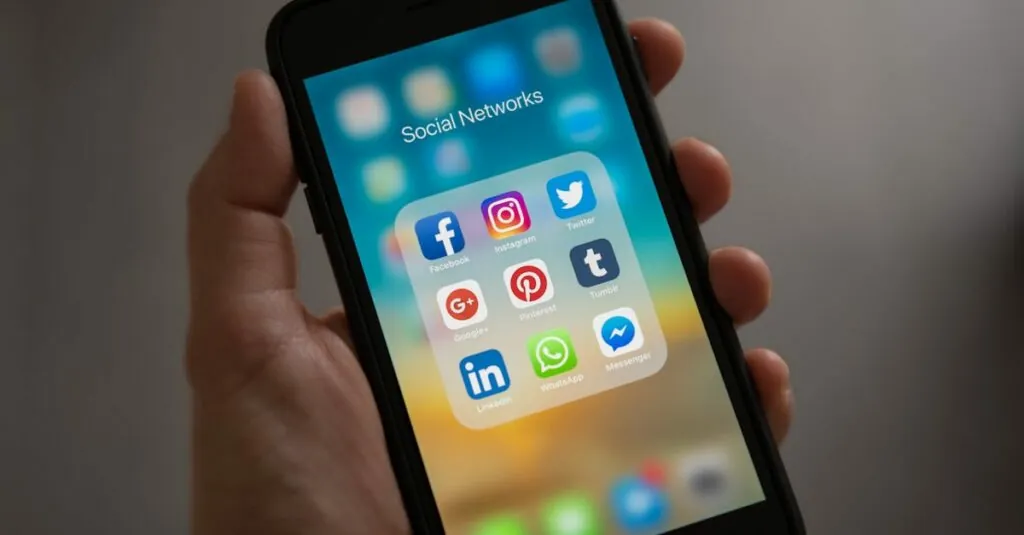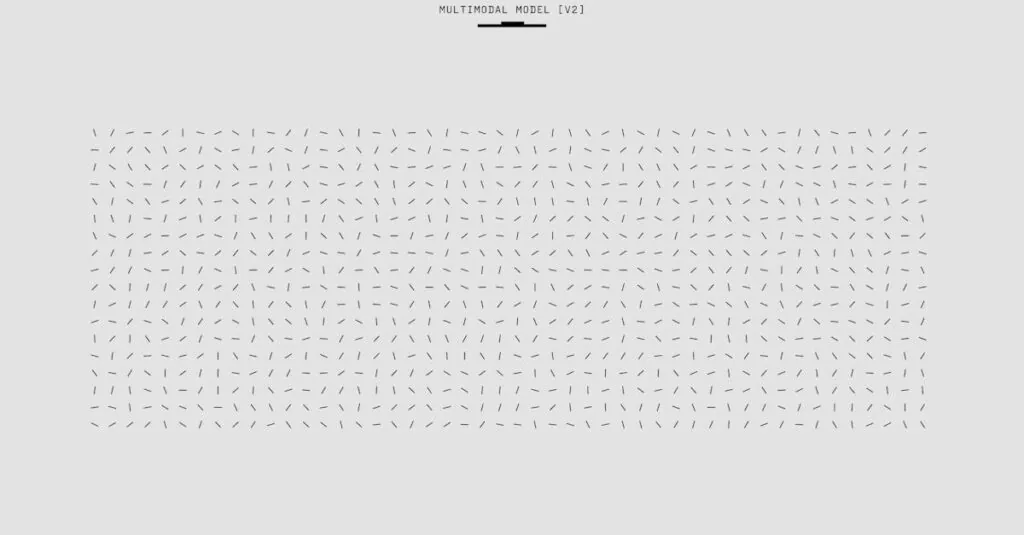Imagine a world where your toaster knows just when to pop up your perfectly golden bagel, and your fridge reminds you to buy milk before you run out. Welcome to the Internet of Things, where everyday objects get a brain upgrade and connect to the web. This isn’t just sci-fi; it’s the future, and it’s happening right now.
Taking an Internet of Things course could be your ticket to becoming a tech wizard. Whether you’re a curious beginner or a seasoned pro, diving into IoT opens doors to innovative solutions and career opportunities. Get ready to transform mundane devices into smart gadgets that make life easier and a bit more fun. Who wouldn’t want a smart home that practically runs itself? Embrace the future and discover how IoT can change the way you live and work.
Table of Contents
ToggleOverview of Internet of Things Course
The Internet of Things (IoT) course provides essential knowledge for navigating the connected world. Participants learn how to leverage technology for smarter living and enhanced productivity.
Definition and Importance
The Internet of Things refers to a network of interconnected devices that communicate and exchange data. This technology enhances everyday objects, increasing efficiency across various domains, including home management and industrial applications. Understanding the IoT is crucial, as it drives innovation and transforms how people interact with their environment. With expertise in IoT, individuals can contribute to developing solutions that streamline processes and improve living standards. Growing industries rely heavily on IoT for monitoring, automation, and data analysis, highlighting its significance in contemporary technology.
Key Components of IoT
Several key components define the Internet of Things ecosystem. Sensors collect data from the environment, enabling devices to react intelligently. Actuators respond to sensor inputs, manipulating physical systems based on collected data. Connectivity ensures these devices communicate with each other and with cloud services, facilitating real-time data processing. Data analytics plays a critical role, transforming raw information into actionable insights, aiding decision-making. Lastly, a user interface allows individuals to interact with devices seamlessly, enhancing user experience and operational efficiency. Understanding these components equips learners with the tools needed to succeed in IoT-related careers.
Course Curriculum Structure
This section outlines the curriculum for the Internet of Things course, detailing both theoretical and practical components. Participants engage with a variety of topics and applications essential for mastering IoT technologies.
Topics Covered
Participants examine core IoT concepts, including device connectivity and data management. Understanding sensors and actuators plays a crucial role in practical implementations. Focus shifts to security measures necessary for protecting IoT systems. Data analytics is explored to enable informed decision-making based on collected information. Integration of cloud computing within IoT architectures is also addressed. Lastly, user interface design is highlighted to improve user experience and accessibility.
Practical Applications
Students explore numerous real-world applications of IoT technologies. Smart homes demonstrate the functionality of connected devices in daily life. Industrial automation shows how IoT enhances operational efficiency and reduces downtime. Agriculture utilizes IoT for precision farming, optimizing resources and increasing yields. Healthcare applications range from remote patient monitoring to smart medical devices. Finally, urban planning benefits from smart city solutions that enhance infrastructure and improve quality of life.
Learning Outcomes
Participants completing the IoT course gain comprehensive skills that empower them in the connected world. Mastery of device connectivity sets the foundation for understanding IoT networks. Knowledge of data management enables informed decision-making in various applications. Participants also develop proficiency in implementing security measures essential for protecting IoT systems. Practical experience with analytics equips them to derive insights from vast data streams. Understanding of cloud integration enhances their ability to design robust IoT solutions.
Skills Acquired
Skills acquired during the IoT course include programming for IoT devices, essential for creating and managing connected applications. Familiarity with sensor technologies leads to innovative problem-solving techniques in various sectors. Participants also learn about data analytics, which facilitates decision-making processes based on real-time information. Understanding of network protocols ensures effective communication among devices within the IoT ecosystem. Engagement with user interfaces helps design accessible applications that improve user experience.
Career Opportunities
Career opportunities in IoT continue to expand across multiple industries. Positions such as IoT developer focus on designing and building innovative applications. Roles in data analysis leverage insights drawn from interconnected devices, driving strategic decisions. Security specialist positions emphasize protecting IoT systems from vulnerabilities. Opportunities in project management involve overseeing IoT implementations and ensuring timely delivery. With the growth of smart technologies, roles in product development and system integration are increasingly in demand.
Course Delivery Methods
The IoT course offers a blend of delivery methods designed to accommodate diverse learning preferences. Participants can choose between online and in-person formats, ensuring access to valuable training regardless of location.
Online vs. In-Person
Online courses provide flexibility, allowing students to learn at their own pace. They access lectures, assignments, and resources from anywhere with an internet connection. In-person courses foster direct interaction with instructors and peers, enhancing networking opportunities. Both formats deliver essential IoT knowledge, but the choice depends on personal learning styles and schedules.
Interactive Learning Experiences
Engaging learning experiences are central to the IoT course structure. Projects and simulations challenge participants to apply theoretical knowledge in practical scenarios. Group activities promote collaboration, encouraging students to solve problems collectively. Online discussion forums facilitate communication between learners and instructors, enriching the overall educational journey. In-person workshops and labs bring hands-on experience with IoT devices, reinforcing mastery of technical skills. These dynamic methods together cultivate a comprehensive understanding of IoT technologies.
Embracing the Internet of Things opens up a world of opportunities for innovation and efficiency. By enrolling in an IoT course, individuals position themselves at the forefront of technological advancement. They gain essential skills that not only enhance personal and professional lives but also contribute to smarter environments.
As the demand for IoT expertise continues to rise, the knowledge acquired through this course can lead to rewarding career paths. With a blend of theoretical understanding and practical experience, participants will be well-equipped to tackle the challenges of an increasingly connected world. Exploring the potential of IoT is a step toward shaping a more intelligent future.





